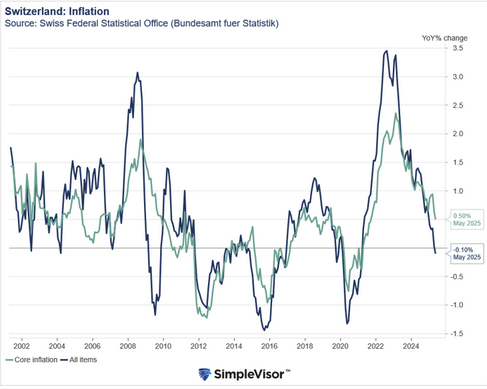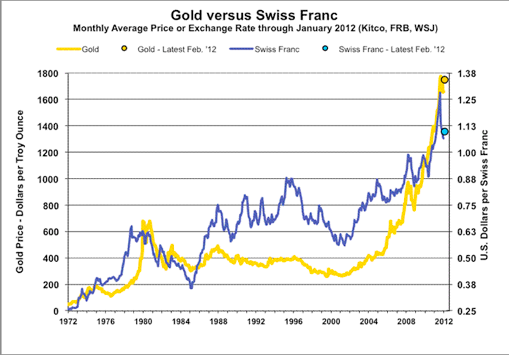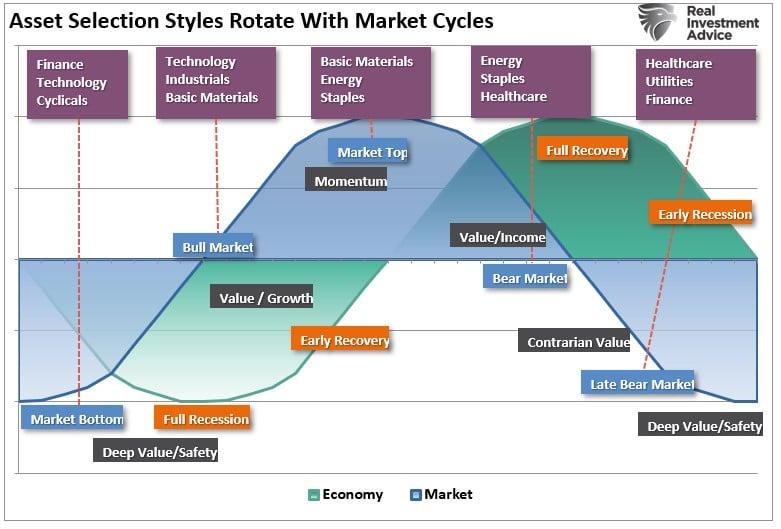Summary:
US Q3 was revised higher mostly due to consumption.
Business investment was a drag.
Profits rose to snap a five-quarter slide.
 The US economy now is estimated to have expanded by 3.2% in Q3, up from the initial estimate of 2.9%, and is the fasted in since Q3 2014. The average quarterly growth rate this year is 1.8% compared with 1.9% last year. The Federal Reserve estimates trend growth or the long-term sustainable pace is 1.8%. Growth this quarter is looking to be above trend.
The US economy now is estimated to have expanded by 3.2% in Q3, up from the initial estimate of 2.9%, and is the fasted in since Q3 2014. The average quarterly growth rate this year is 1.8% compared with 1.9% last year. The Federal Reserve estimates trend growth or the long-term sustainable pace is 1.8%. Growth this quarter is looking to be above trend.Growth was revised high primarily because of better consumption (2.8% instead of 2.1%). Consumption is fueled by income and wages and salaries rose by $110.2 bln from Q2. Initially, they were only estimated to have risen by $56 bln.
Residential investment, which includes materials as well as structures, was a smaller drag than initially thought. Rather than fall 6.2% at an annualized rate, it fell by 4.4%. The $17 bln increase in inventories was the first time stocks added to growth since early 2015, signaling that the inventory cycle may be over. Net exports were a little more of a contributor to growth. It added 0.87 percentage points to GDP rather than 0.83 initially estimated. The surge in soybean exports may not be repeated, and the growth differentials warn of widening pressure on the US trade deficit.
Business investment was poor. It fell 4.8% at an annualized rate. The initial estimate pointed to a 2.7% decline. It fell my a little more in Q2. Investment shaved Q3 GDP by about 0.28 percentage points. Early indications suggest investment may be strengthening due developments in the energy patch.
For the first time, an estimate for corporate profits was reported. Before taxes, profits rose 6.6% after falling 0.6% in Q2. The year-over-year pace was 2.8%, snapping a five-quarter decline. Of note, this included an 11.5% surge in domestic financial profits. Net income for the US commercial banks and savings institutions rose 13% to reach a record as profits increased and expense eased.
There are nearly 6000 banks that are insured by the FDIC. Their net income rose $5.2 bln to $45.6 bln in Q3, according to FDIC data. Net interest income rose $10 bln (9.2% year-over-year) and a $1.2 bln (1.9%) rise in noninterest income. More than half the US banks reported year-over-year growth and less than 5% of the banks were unprofitable, which is the lowest percentage since Q3 1997. The number of banks on the FDIC’s “problem list” stands at 132, down from 147 a year ago. Lastly, US banks boosted their loan-loss provisions by a third or $2.9 bln.
Tags: Growth,newslettersent,profits,US








































